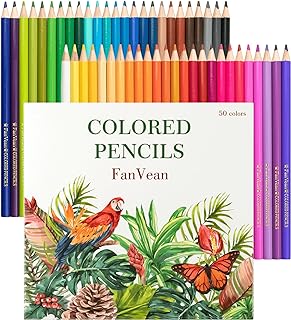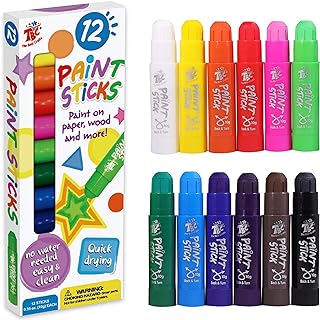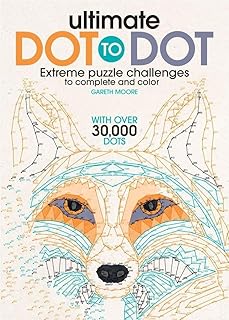5 important factors worth considering when looking for the best origami paper
Origami is a beautiful art form that involves folding paper into intricate shapes and designs. The type of paper you use is really important in making your origami creations look amazing. There are so many different types of origami paper to choose from, but taking the time to think about what you want can make a big difference in your experience. Things like the quality, thickness, texture, and color of the paper all play a role in how your origami turns out. By thinking about these things, you can make your origami journey more creative and precise. Each fold you make is a reflection of the care you put into choosing the perfect paper for your project.
See our guide to the best origami paper.
Thickness
Choosing the right thickness of origami paper is important for a successful project. You want paper that is strong, but still easy to fold. Thicker paper is good for complex designs because it holds folds well and gives a neat finish.
However, very thick paper can be hard to work with, especially for beginners or intricate designs. It might be tough to fold and shape, which can lead to mistakes and frustration. It’s important to consider how difficult your project is before picking paper thickness.
In the end, finding a balance between thickness and ease of use is key for great origami. This will make your crafting experience enjoyable and result in beautifully folded creations.
Size
When buying origami paper, it’s important to consider the size. The size of your paper can affect how your origami turns out. Bigger paper allows for more detailed designs, letting you try more complicated folds. Smaller paper is better for simpler designs that need precise folding.
It’s important to choose the right size of paper based on how complex your design is. This can make a big difference in how your creation looks in the end. The size of your paper can also impact how hard it is to fold. Larger paper may be trickier to manipulate, while smaller paper requires more precision. Balancing size and complexity is key to creating a beautiful origami piece that shows off your skills and creativity.
Whether you go for a larger or smaller size of origami paper, each has its own challenges and rewards that can enhance your overall origami experience.
Color
Color choice in origami paper is crucial for expressing emotions and setting the mood of the final creation. Different colors can evoke energy, peace, or other feelings, adding to the overall look of the origami piece. The way colors interact can create beautiful contrasts and harmonies, giving depth to the folded paper.
Origami paper color isn’t just about looks – it can also represent cultural meanings and traditions, giving deeper significance to the folded creation. For example, red in Chinese culture symbolizes prosperity, while blue in Japanese art represents purity. Each color carries its own cultural symbolism, enriching the storytelling aspect of origami.
Overall, the color palette of origami paper is more than just a way to make something look nice. It’s a powerful means of self-expression, blending artistry and emotion to create meaningful works of folded beauty.
Texture
When exploring the art of origami, texture plays a crucial role in creating a unique sensory experience. The feel of the paper as you fold it is key to the overall look of the finished piece. Different textures can affect the appearance and feel of the origami creation. Smooth paper leads to clean, elegant folds, while textured paper adds depth and interest.
Texture is an important factor to consider when choosing origami paper. A delicate design might look best on subtly textured paper, giving it a whimsical touch. On the other hand, a bold pattern might benefit from smooth paper to highlight its intricate folds. Texture isn’t just about how something feels—it’s a vital part of the creative process that shapes the final result.
In origami, texture isn’t just about touch—it’s also a way to tell a story with each fold. It adds character and depth to the finished piece, making it more than just a visual or tactile experience.Texture is a key element in the art of origami, influencing the look and feel of each folded creation.
Quality of paper fibers
Origami is an art form where the type of paper you use makes a big difference in how your creation turns out. Using high-quality origami paper allows for detailed folds and crisp creases, making the entire process more enjoyable. The texture and strength of the paper fibers affect how the finished piece looks and feels, adding sophistication and detail that you can’t get with lower-quality paper. Investing in premium origami paper not only makes your finished work look better, but also makes the folding process more satisfying.
Choosing origami paper with strong fibers ensures that your piece will keep its shape over time, showing off the care and effort you put into each fold. Paper that holds up well when shaped into complex designs shows skill and artistry, setting a masterpiece apart from something more basic. Using high-quality origami paper enhances the creative process, making the journey from idea to finished product smooth and precise, with every fold and corner showing excellence.
Conclusion
Origami paper combines artistry and simplicity, letting you be creative and make intricate designs with precise folds. It’s a humble canvas for imagination to flourish, crossing language and cultural barriers. Each delicate fold tells a story, creates a connection, and brings a sense of calm. Origami paper is not just visually appealing, it also feeds the soul, showing the beauty of creating something new. Want more info on mitre saw, check the best mitre saw.


